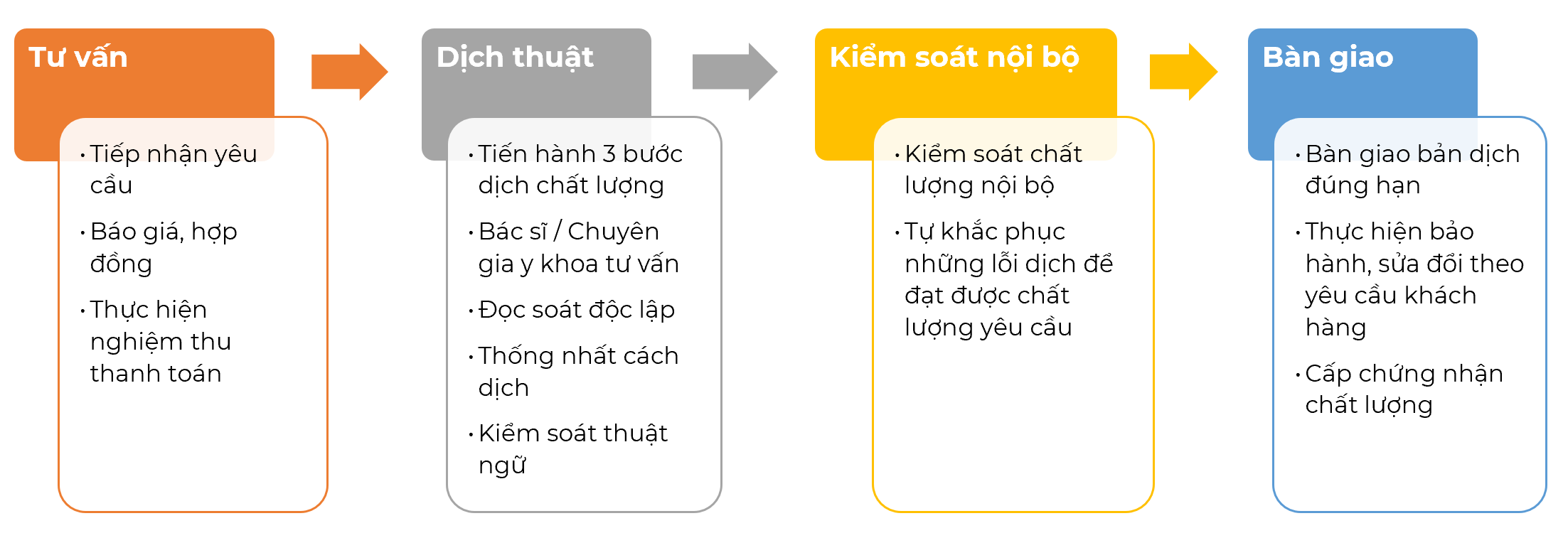The Vietnamese language around the world
Vietnamese is the language of the Vietnamese people and the official language of Vietnam. Vietnamese is spoken mainly in Vietnam with more than 80 million native people and more than 4 million Vietnamese living in the United States, France, England, Germany, China, Japan, Thailand, Korea, Russia, East Asia and the United States, Eastern Europe, etc
Vietnamese uses the Latin alphabet, called the “National Language” and has punctuation marks in the written language.
Documents included in a drug trial record can be in hard copies or electronic form depending on the intended use of the related parties.
Traditional language group of Vietnamese people
Languages of Vietnamese people are classified into 8 specialized language groups:
- The Viet-Muong group: includes Vietnamese, Muong, Chut, and Tho
- Tay-Thai group: includes Tay, Thai, Nung, Bo Y, San Chay, Lao, etc.
- Dao-Hmong group: includes the Hmong, Dao, Pa Then, etc.
- Tibeto-Burmese group: includes Ha Nhi, Lo Lo, Si La, La Hu, etc.
- Han group: includes Chinese, San Diu, Ngai, etc.
- Mon-Khmer group: includes Khmer, Khang, Hre, Xo Dang, Ba Na, Kho Mu, Co Ho, Ma, Xinh Mun, etc.
- The Malay-Danish group: includes the Cham, Gia Rai, Ede, Ra Glai, Chu Ru, etc.
- South Asian mixed group: includes la Chi, La Ha, Pu Choo, Co Lao, etc.
Vietnamese, spoken by about 86% of the population of Vietnam, belonging to the Viet-Muong language group, is currently the official language of Vietnam, the mother tongue of the Vietnamese people and at the same time the common administrative language of Vietnam.
In terms of phonetics and vocabulary, regional differences result in dialects, the most distinctive being regional dialects including the North, the Central and the South.
Vietnamese writing
Vietnamese writing also developed alongside history. Before the 20th century, Sino-Nom characters (pictographic) were used in official documents. Since the 20th century, Vietnam has used the national language script (Latin alphabet) as the official script of the Vietnamese language.
Some things to keep in mind when translating into and from Vietnamese
When translating
Important criteria for clinical trial record translation include:
- A trial record translation should be interpreted exactly as the original
- The wording should be clear, formal and intelligible
- Ensuring professional medical standards
- Correct use of terms
- Translations must meet relevant deadlines, with absolute confidentiality
The professional translation process at AM Vietnam
If you’re looking for a reliable clinical trial document translation service provider, please refer to our process below:

Each step is performed by well-trained translators, with professional skills and outstanding endurance. This is one of the reasons why AM Vietnam is the choice of many international medical organizations.